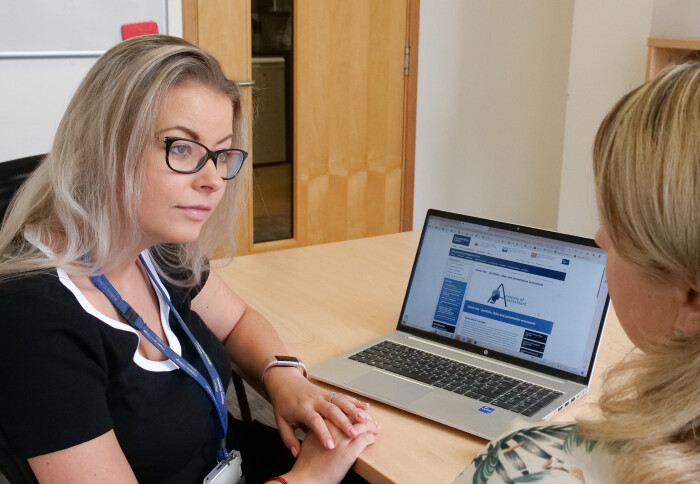

Imperial has launched a novel project to give teaching staff the tools and knowledge to update and diversify assessment types.
The new Anatomy of Assessment resource, relevant to anyone who is involved in teaching and assessment design, was produced by a project team led by Dr Monika Pazio, Dr Vijay Tymms and Professor Martyn Kingsbury, working closely with a range of Imperial stakeholders.
How the project came about
Assessment design shapes student learning behaviours. If we provide variety in assessment types and how they are designed within a programme, this improves inclusivity, student skill development and learning.
Historically there has tended to be a limited range of assessment types within a programme, with peers adopting what they see around them (although the COVID pandemic provided a catalyst for change). Lecturers and students have understandably been wary of the unknown and processes for making change can be perceived as daunting.

The Anatomy of Assessment project aims to remove some of the uncertainty around changing assessment. The new resource that’s been produced provides detailed information on how to design and implement different types of assessment, based on best practice case studies from different faculties, supplemented with insights from stakeholders from across the College. There is no ‘one size fits all’ assessment method across programmes, and a better understanding of the underlying anatomy of design provides a vehicle for more informed choice when considering assessment.
"Anatomy of Assessment is an ambitious effort to catalogue practice in a transferable form. It provides an impressive resource of 'exemplars', recorded clearly and concisely with a practical but methodical approach". Dr Peter Johnson Principal Teaching Fellow
Dr Peter Johnson, Principal Teaching Fellow in the Department of Mechanical Engineering, said: ‘What most teachers really want is concrete examples of practice from colleagues in a similar enough context. Practically speaking, journal papers are not useful for this. Teachers want to relate to examples and adapt them to their own teaching - it's a very practical need. This type of detail is rarely documented in a way that translates to other colleagues. Anatomy of Assessment is an ambitious effort to catalogue practice in a transferable form. It provides an impressive resource of 'exemplars', recorded clearly and concisely with a very practical, but still methodical, approach. I think it's a really valuable resource!’
Building case studies with colleagues across College
The project team interviewed staff involved with teaching and assessment design from the Business School and the faculties of Medicine, Engineering and Natural Sciences. Following that they developed case studies in various formats as well as video content and interviews, highlighting the design decisions and practicalities of different assessment types, including electronic assessment, essays, exams, group work, project work and more. The case studies were then reviewed by Imperial experts (Educational Developers, Learning Designers, Careers, Inclusivity, Registry) and commented on with advice for implementation and information.
Postgraduate Earth Science and Engineering student Xiang Yan said: ‘I highly enjoyed working on this project, in particular the way we collaborated across departments to improve assessments for the student body. The project gave me the opportunity to develop my research skills and additional insight into the process behind assessment creation’.
Dr Vijesh Bhute, Senior Teaching Fellow in the Department of Chemical Engineering, said: ‘The Anatomy of Assessment project showcases a variety of assessment approaches used by Imperial colleagues. Each assessment method is further assessed by experts to highlight their benefits and recommendations for further improvement. As an instructor, I can explore different methods and choose strategies that suit best for my use case. It is also great to learn about the diversity of assessment methods. I am glad to have contributed to this resource’.
Submit a case study
Anyone interested in submitting a case study to be included on the website can do so here.
Article text (excluding photos or graphics) © Imperial College London.
Photos and graphics subject to third party copyright used with permission or © Imperial College London.
Reporter
Emily Govan
Department of Life Sciences



